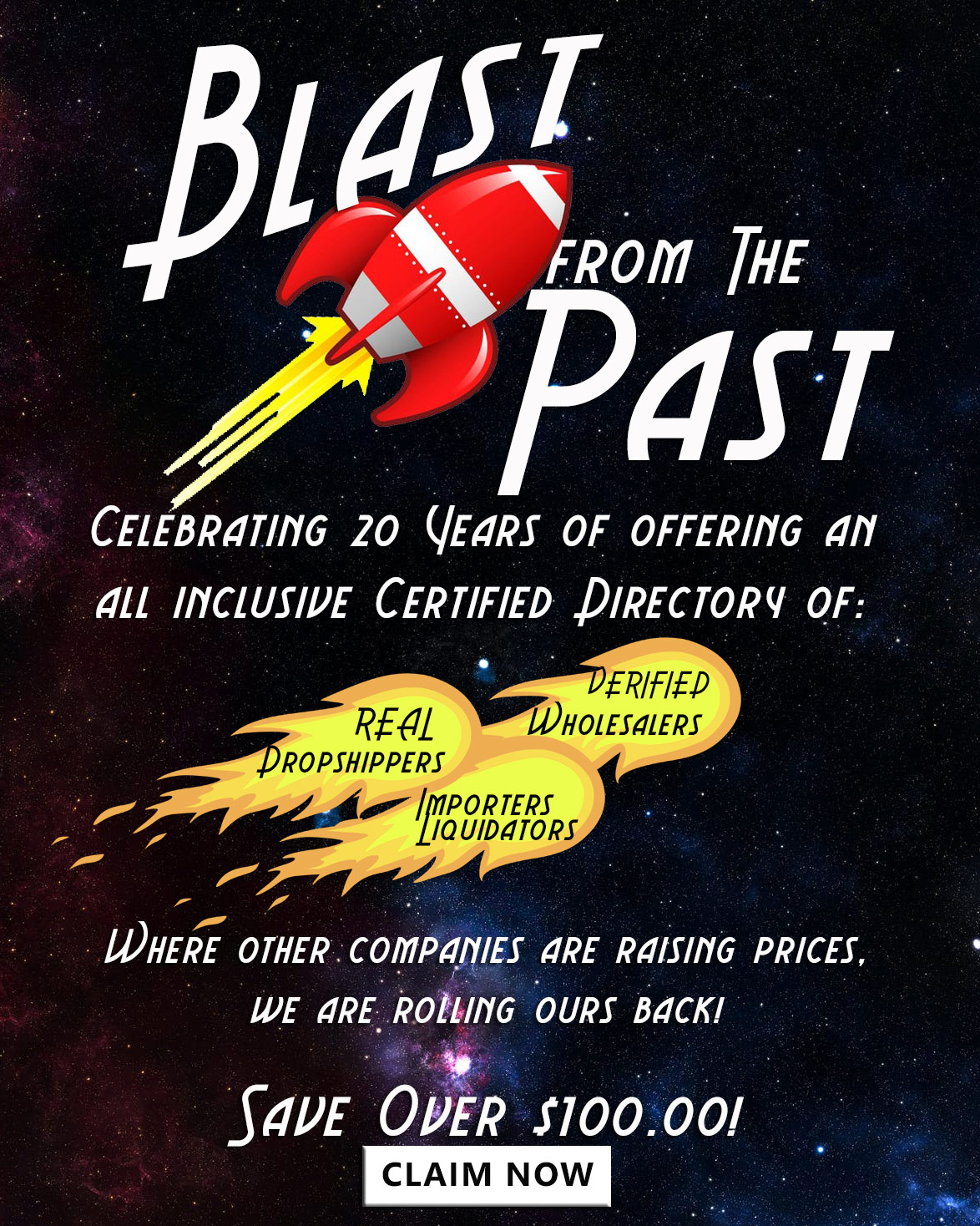
Improving Your Cash Flow through Inventory Planning
by Chris Malta
Last updated 7/24/2018
Inventory is the biggest asset for any online based retail business. It's also the only active asset, or the only asset that generates a profit. That's why managing it correctly is a critical part of running a successful e-business.
Too Much of a Good Thing
Inventory is a necessary evil. In any retail environment, you've got to have inventory to do business. But too much of it ties up cash and erodes business fundamentals. Excessive inventory creates undesirable conditions for a retailer:
So how do you find that delicate balance between a product glut and insufficient inventory to fill your customer orders? Hurlbut recommends two tools you can use to determine your product needs:
Too Much of a Good Thing
Inventory is a necessary evil. In any retail environment, you've got to have inventory to do business. But too much of it ties up cash and erodes business fundamentals. Excessive inventory creates undesirable conditions for a retailer:
- . When products sit in your basement or warehouse for too long, they become shopworn and begin to run up against the end of a particular selling season. This can lead to forced markdowns, which rob your business of gross margin dollars.
. It destroys price integrity and robs your customers of a sense of urgency. When consumers notice an increase in mark-down activity, they understand that there's no need to respond immediately. They can see your inventory isn't going anywhere and may choose to wait you out until your prices drop even further.
So how do you find that delicate balance between a product glut and insufficient inventory to fill your customer orders? Hurlbut recommends two tools you can use to determine your product needs:
- . A cash flow plan helps you manage the payables piece of inventory and identify, at an early point, that you need to negotiate extended terms with your supplier, or scale back your purchases. This type of plan rolls forward from month to month, so you can identify potential trouble spots in the foreseeable future.
To create a cash flow plan, start with your business' current cash on-hand and the cash you anticipate coming in from sales during a given month. Then plan your cash expenditures (for both product purchased, as well as other business expenses) based on historical experience and current trends. This will give you a projected ending cash on-hand balance. If that ending cash balance is below an acceptable threshold, you need to look for ways to reduce or defer cash expenditures, or generate additional cash coming in.
. An open to buy plan, typically measured in retail dollars, provides guidance on how much inventory to buy at a category level. It also gives you a purchasing budget and allows you to plan your supplier lead times.
Your first step is to determine the most likely level of sales for each product category (not for each individual product), by month. Just like with a cash flow plan, you need to look at your past sales and existing trends to get the most accurate projection. If you're a new retailer, your supplier may be able to give you an idea of how well a product typically sells during a particular season. The key is to look, not at the highest or lowest possible sales number, but the most likely number.
Next, you need to plan your monthly ending inventories. Determine how much inventory you'll need, by category, at the end of each month to support your planned sales for the next month or two. The more frequently you're able to replenish your inventory, the less inventory you'll need to have at the end of each month, relative to your planned sales.
If you know your beginning inventory for a given period, and you know what you expect to sell during that period, you can then calculate how much inventory you need to bring in to support both the next month's level of sales and the desired ending inventory. The basic math looks something like this: Planned Ending Inventory + Planned Sales - Planned Beginning Inventory = Planned Inventory Receipts.




